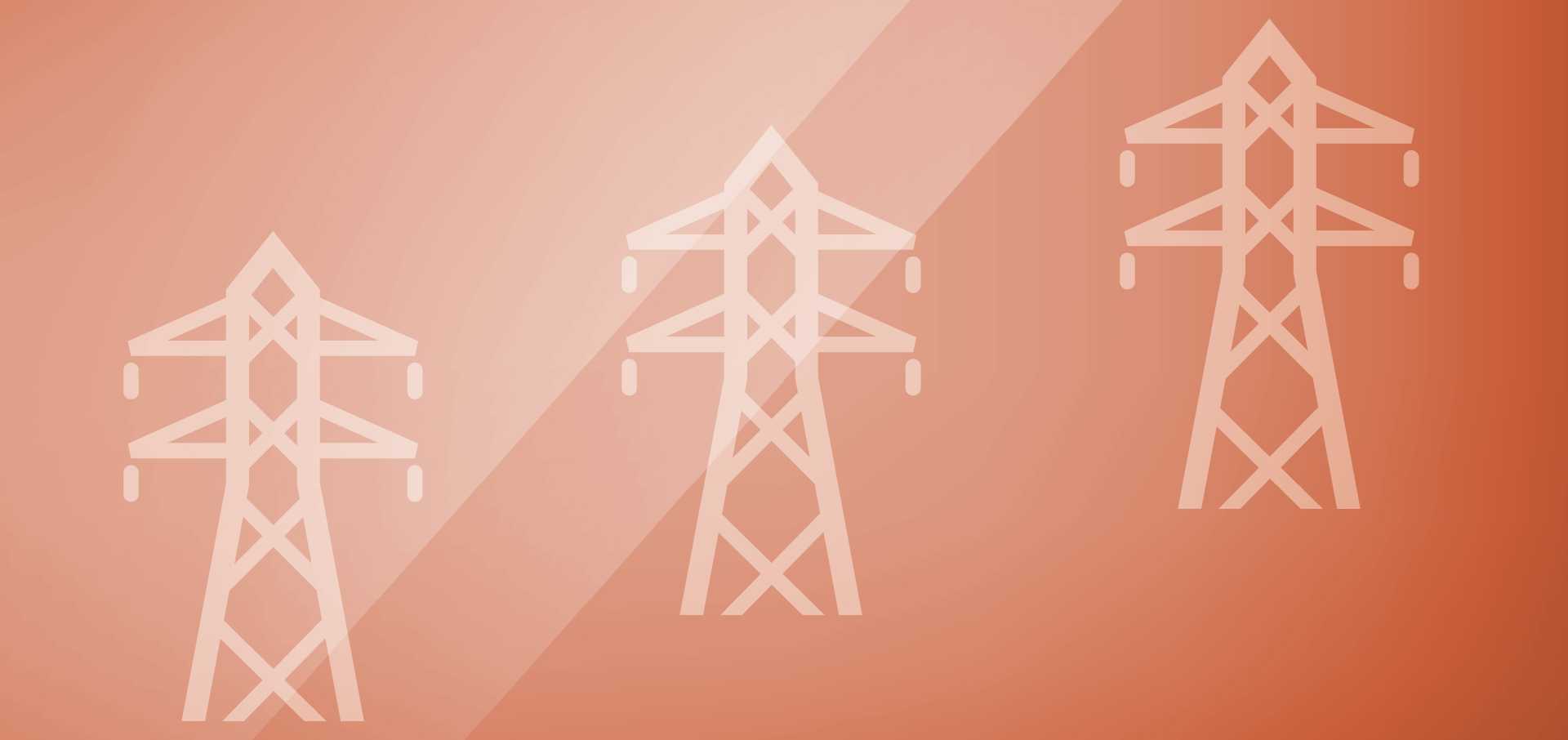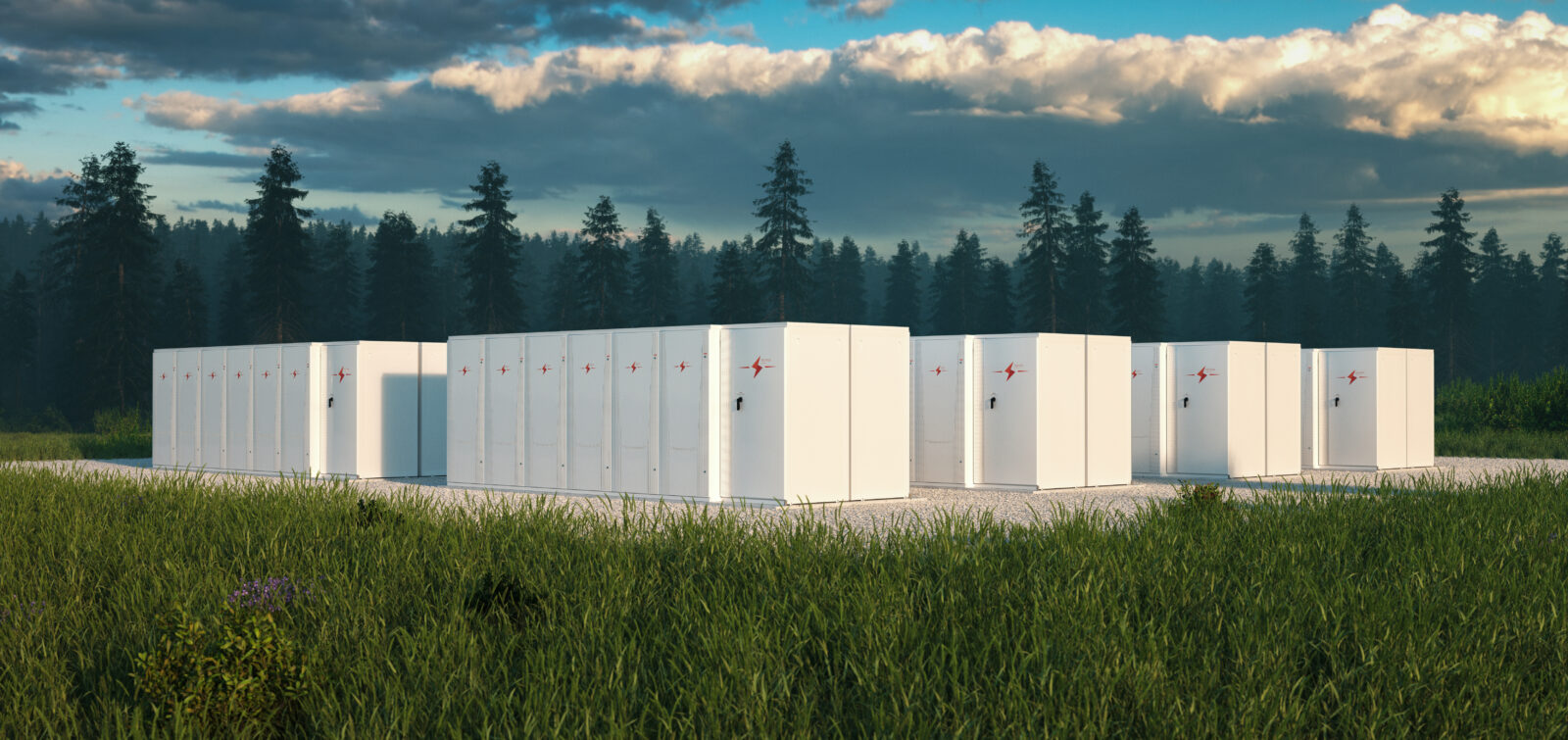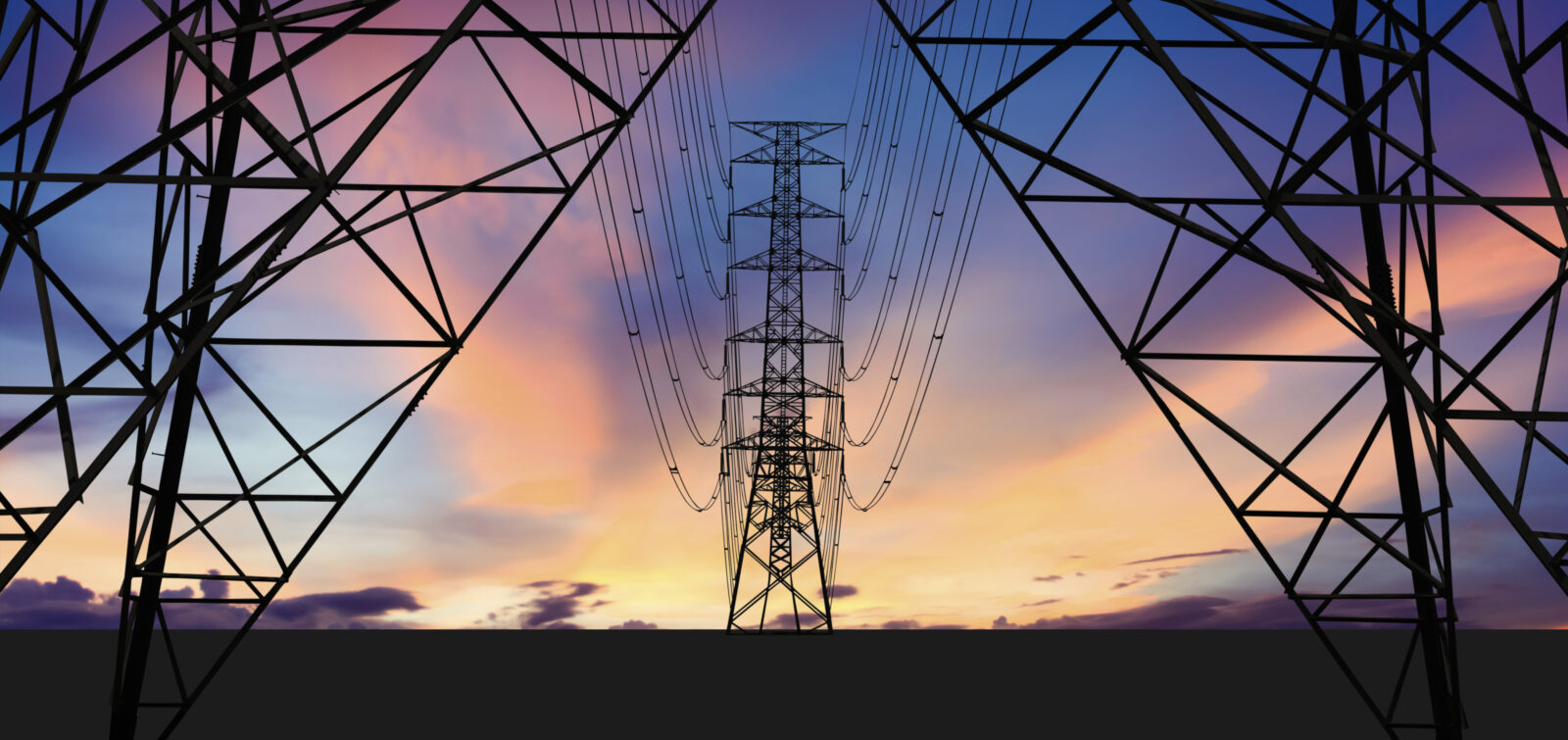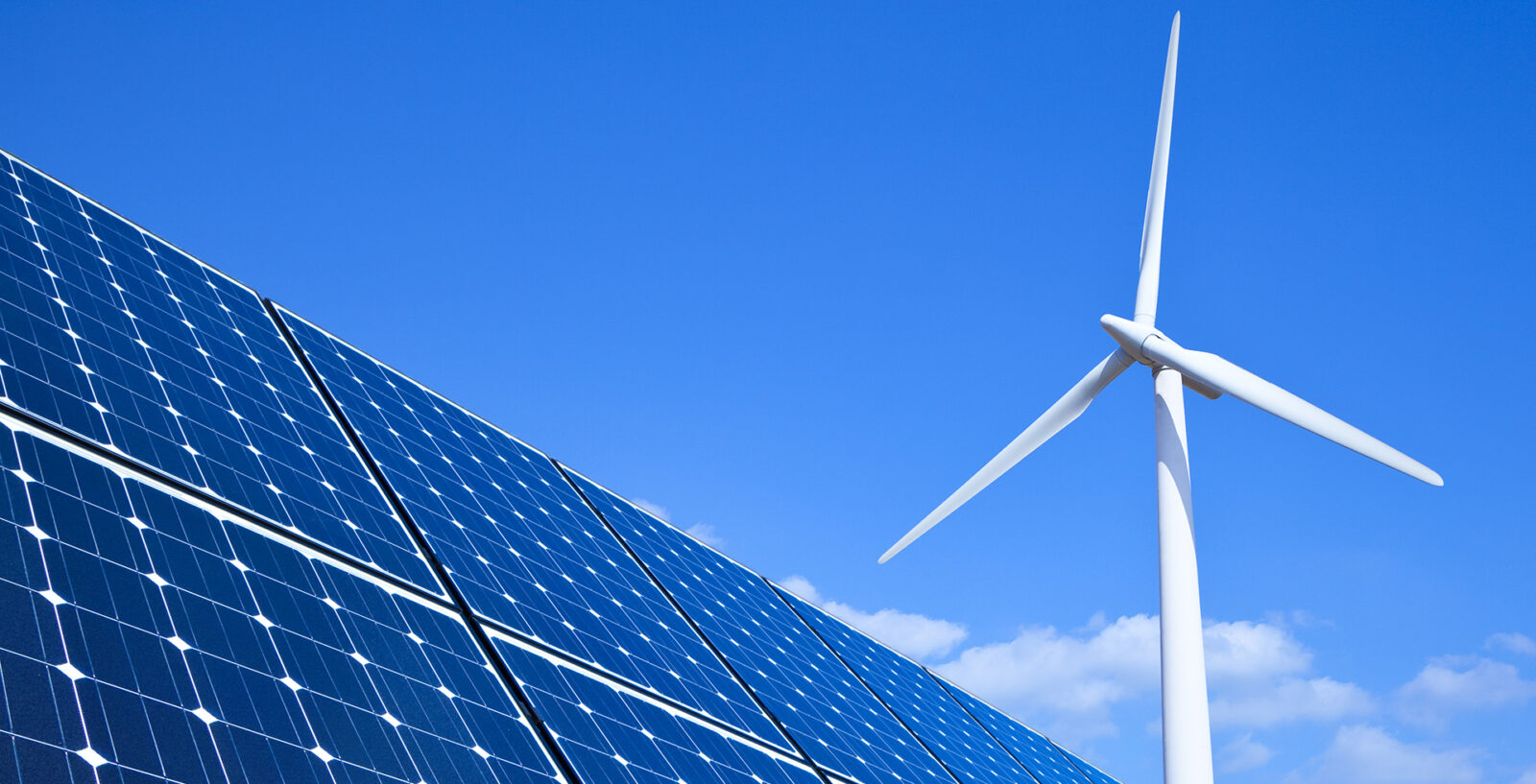For those of us in the Energy market, we are experiencing a bit of a renaissance in investments and innovation for the production, storage, and transmission of energy across the country. Our environmental planners, offshore wind and port experts, and renewable energy specialists are keeping keen eyes and ears out for these four trends in the US energy market.
1. Expect growth in solar and onshore wind development in 2024.
More than 80 percent of the utility-scale electricity-generating capacity that was expected to go online in the US in 2023 was made up of wind and solar energy along with batteries that store the generated electricity, according to the US Energy Information Administration (EIA).[1] The Environmental Business Journal (informed by an annual survey of environmental business executives) ranks the renewable energy industry as number two on the list of market growth prospects in 2024.[2] One key component of this progress in renewable energy is the Bureau of Land Management’s review and consideration to expand the Western Solar Plan.
2. Offshore wind projects are gaining speed on the West Coast.
President Biden has established a growth goal of 30 GW of offshore wind energy in the US by 2030. The State of California established offshore wind energy goals to produce 25 GW of power by 2045, and Oregon is joining the charge. Leases along the Pacific and in the Gulf of Mexico have been closely watched as the Pacific joins the Atlantic states’ and the European countries that have been harnessing offshore wind as renewable energy for years.
3. The US has a need to grow the Nation’s transmission network.
With so much power being generated from renewable sources comes a need to get ahead with our transmission capabilities and bring the power to the grid. According to a Department of Energy (DOE) report this year, the country will need to grow its high-voltage transmission network by more than 50 percent by 2035 to meet projected levels of renewables. The DOE Grid Deployment Office published released their National Transmission Needs Study on October 30, 2023. Transmission projects are notoriously complex and moving them forward is critical—read more here.
4. Hydrogen is poised to play an important role as the newest renewable energy resource.
In June 2023, the DOE released the U.S. National Clean Hydrogen Strategy and Roadmap.[3] The Bipartisan Infrastructure Law is allocating $8 billion toward hydrogen for production and creation of “hydrogen hubs,” which are essentially networks of producers, consumers, and infrastructure to move hydrogen energy into use.[4] The Biden-Harris Administration selected America’s first seven clean hydrogen hubs. Because hydrogen production requires a water source, it converges with domestic clean energy pathways across multiple sectors of the economy. This is where ESA’s intersection of expertise in energy, water, and infrastructure pathways connect to benefit our clients.
Want to discuss these topics further with an energy expert? Find us here: https://esassoc.com/market/energy-and-industrial/
[1] EIA, “Wind, Solar, and Batteries Increasingly Account for More New US Power Capacity Additions,” March 6, 2023
[2] EBJ, Volume XXXVI, Numbers 1 / 2, 2023
[3] https://www.hydrogen.energy.gov/pdfs/us-national-clean-hydrogen-strategy-roadmap.pdf
[4] https://www.catf.us/us-hydrogen-hubs-map/







